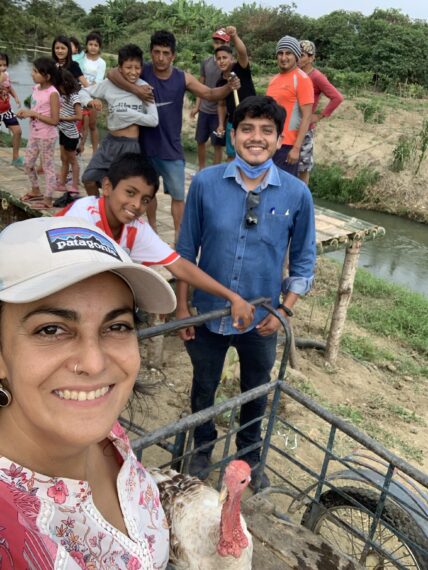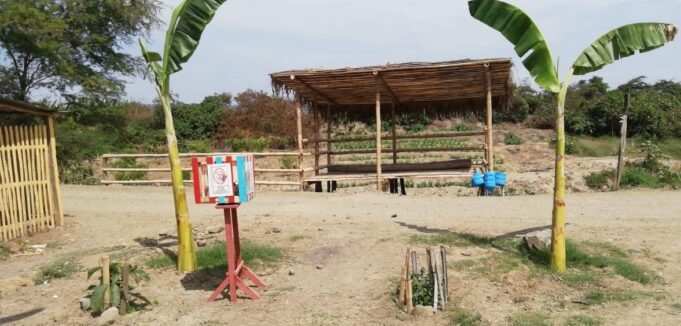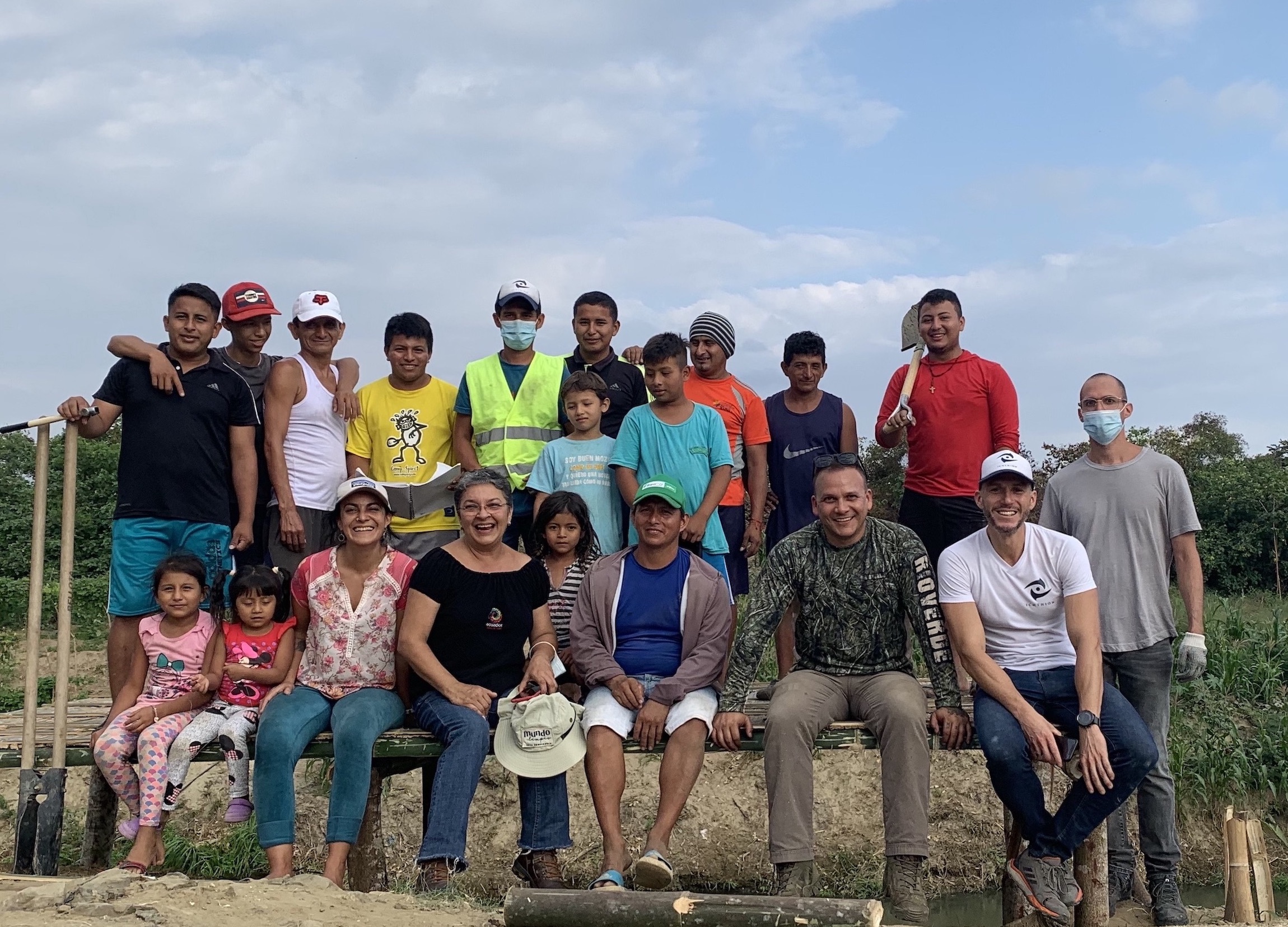This post is also available in: Español (Spanish)
It was December 2019 when I got the email from the Benioff Ocean Initiative with the job offer for the Clean Currents Coalition project. My heart was racing, excited to be able to work on something so positive for our planet. I had several years of experience working with plastics in the Galapagos Islands but I had never worked on rivers before. It excited me to think of them as the arteries of our planet, so incredibly valuable, serving many ecosystems, bringing nutrients from the mountains to the ocean, shaping our land and nurturing so many species and now carrying chemical pollutants and plastics.
In the Clean Currents Coalition, we were about to launch interventions in nine river systems in nine communities, working with nine innovative teams in the field cleaning those aquatic arteries. At first, everything felt abstract: I did not know who these partners and communities were. At the beginning, I had to write down the points of contact and the rivers’ names since I kept mixing them up. Little did I know how involved I was going to get with those teams, the rivers, the local problems and challenges. They became part of my life, and after a year and a half working with them I don’t need reminders: I know their names, their faces, their smiles and the way we work developing solutions together.
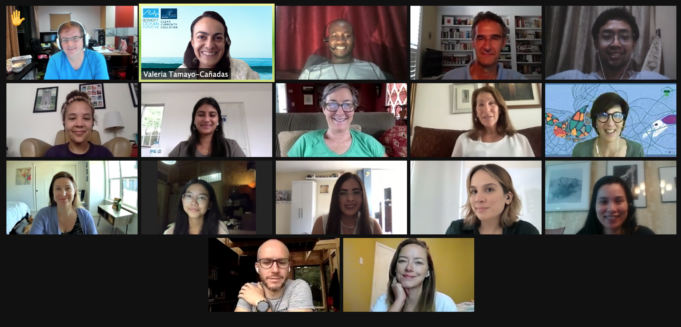
The COVID pandemic hit in 2020 and all the teams faced different challenges due to it. In-person community engagement activities had to wait, and conducting monitoring surveys with the local communities was restricted or impossible. Some teams’ communities were fully locked down, and they could not access their river intervention sites; some had to change their sites and start the arduous permitting process all over again. Importation of different parts for the plastic capture devices was not possible or at least was delayed, some suppliers went bankrupt during the pandemic, and budgets had to be adjusted. While our intervention in the rivers was delayed, plastics kept flowing every second into the ocean via those rivers, and at a seemingly accelerating rate as the use of disposable single-use plastics skyrocketed during the pandemic. It has not been easy to deal with the challenges, but it has been an excellent opportunity to see the Clean Currents Coalition’s creativity, resilience and adaptive capacity in action.
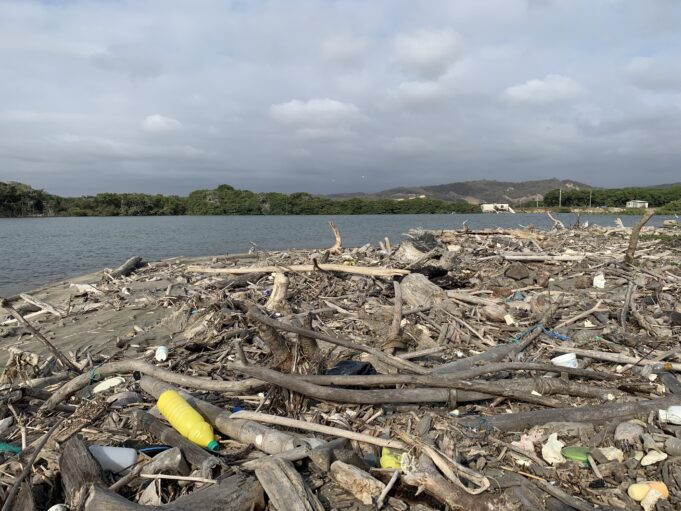
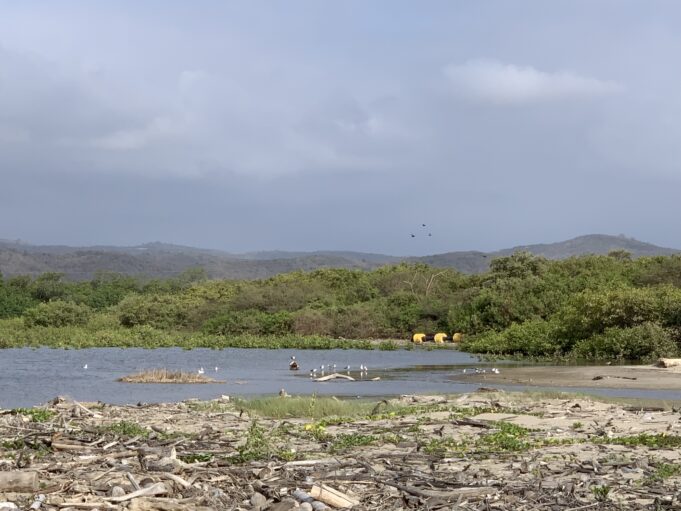
A month ago I was able to meet the Coalition’s Ecuadorian team, Ichthion, in person and visit their site in Manabi province. This being my first Coalition project site visit, it was eye opening to be there, meet the community, and see the accumulation of plastics at the Portoviejo River’s mouth at the Pacific Ocean. Andres, the project manager, told me that just a couple of months ago, the team had organized a cleanup there, but sadly, now it was already covered by trash again. The “mouth” as locals call it, was swamped with plastics trapped in the mangroves where native marine birds, crustaceans, and fish live. Inland, at the work site in the town of Picoaza, Jose Miguel, the engineer, showed me around and explained the complications they have been facing. Climate change is affecting our planet already, and the Portoviejo River is no exception: the rainy season is shorter and the dry season is hotter so the river’s water level is particularly low. The mechanical part of the Azure system (Ichthion’s plastic capture device) was built and designed to work with a minimum level of water flow based on past years’ data; because of this year’s extreme drought, it’s not yet operational. This experience opened my eyes to the various details, environmental and technical, that must be addressed to launch an effective plastics intervention in rivers. But this group of professionals are committed to succeed despite the challenges. The team is evaluating solutions so when the rainy season arrives and the plastics in the canyons are washed into the river, they will be prepared. Until the necessary adjustments to the mechanical system are made, they are using a passive barrier to trap the plastics and pick up what is collected everyday by hand.

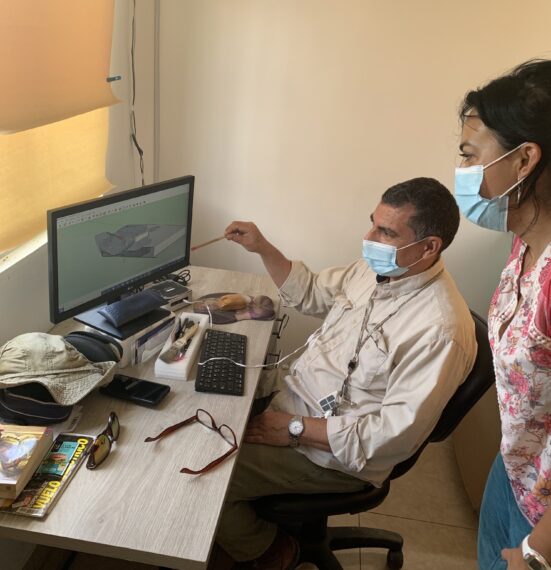
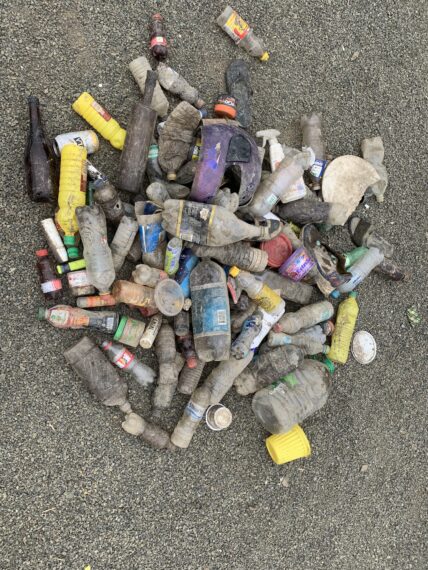
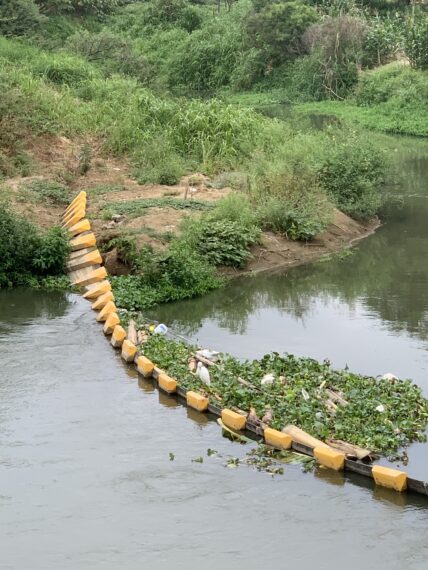
Picoaza doesn’t have potable water nor a sewage system, and very few have internet access or even electricity. Like many of the communities in which the Clean Currents Coalition works, they are a forgotten community when it comes to basic services. During my visit, I had the opportunity to meet some of the community members and participate in an activity with them. Weeks before I arrived, there was a dumpsite right next to the Portoviejo River, but I didn’t see it since they had cleaned the area, and now they had the bamboo and tools ready to build a viewing balcony along the river and add four trash bins so they could give recycling a first try. The community, the Ichthion team, and I worked collectively for some 3 hours or so; it was over 35° C that day but the positive attitudes and jokes made the work fun.

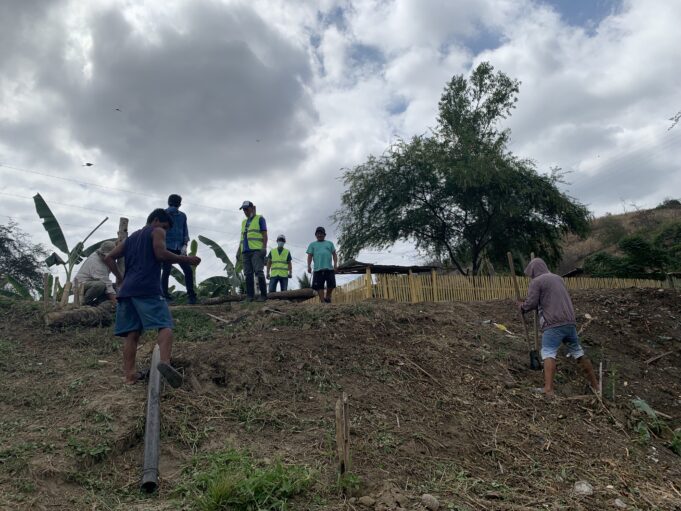
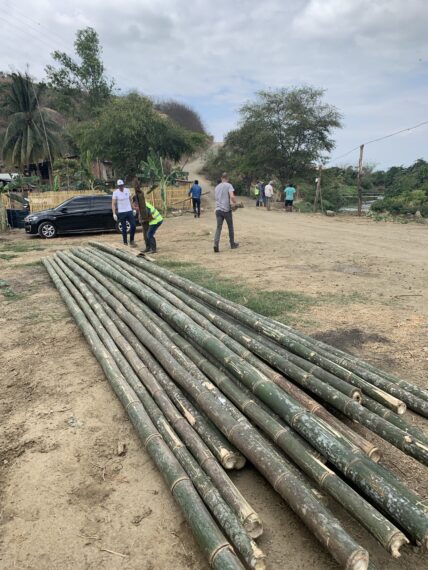
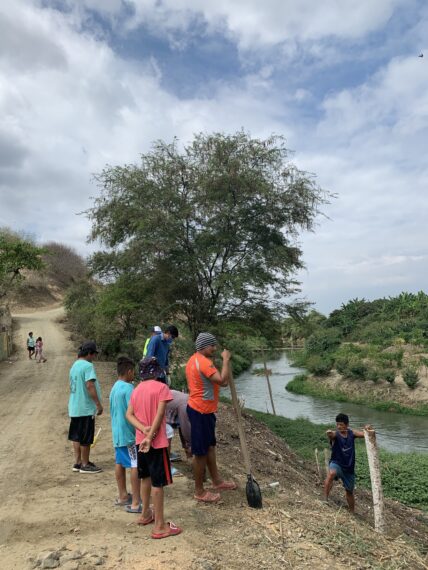
After the balcony was built and the trash bins were painted and set, I saw hope in the smiling faces of the local kids and adults. Emiliano, one of the local leaders, was serving soft drinks to the thirsty volunteers, which was a welcome relief as it was pretty hot and we were all sweaty and tired. Mariela, his wife, surprised us with a local dish with plantain, peanuts and pork. She served it with coffee, and even though I’m a vegetarian, I received the dish with gratitude. Everybody shared the food and laughed at the jokes remembering the funny things that happened while we were working. Before Ichthion arrived in Picoaza, the community didn’t have trash pick up service. Ichthion’s work with other local organizations has resulted in a trash truck passing by the community twice a week. They hope this balcony and the trash bins will help them to enjoy the view of their river and develop a different relationship with that space. These small changes are making a difference for these people.
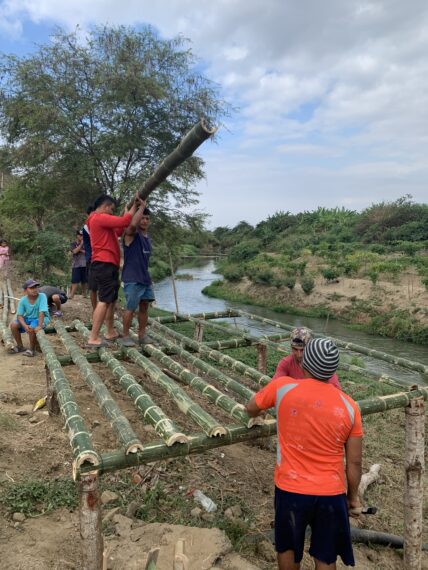
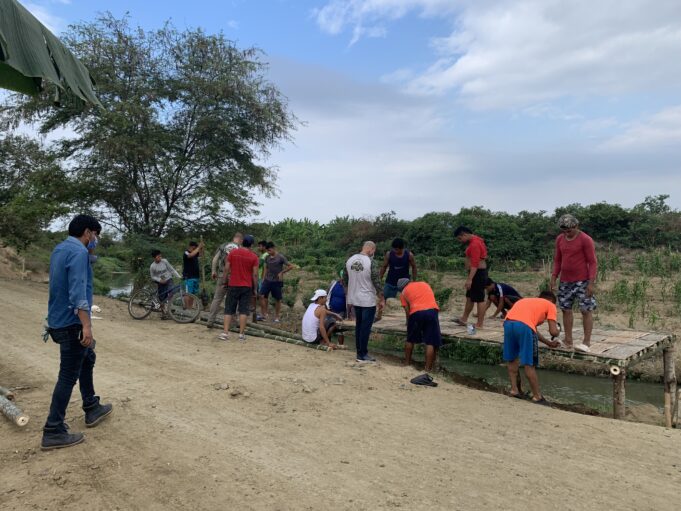
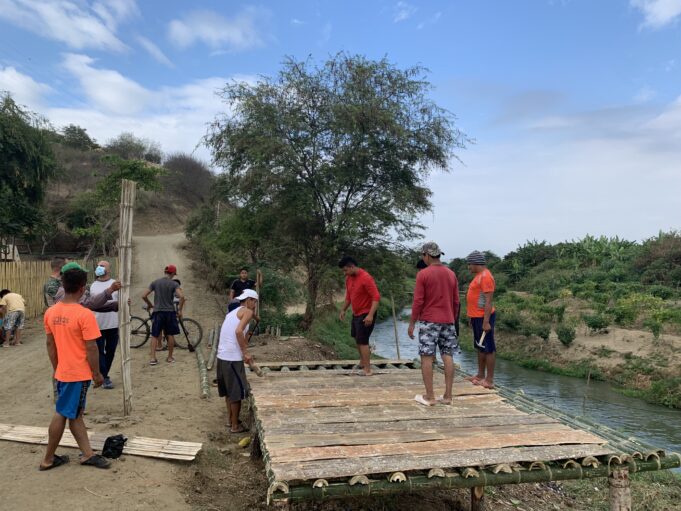
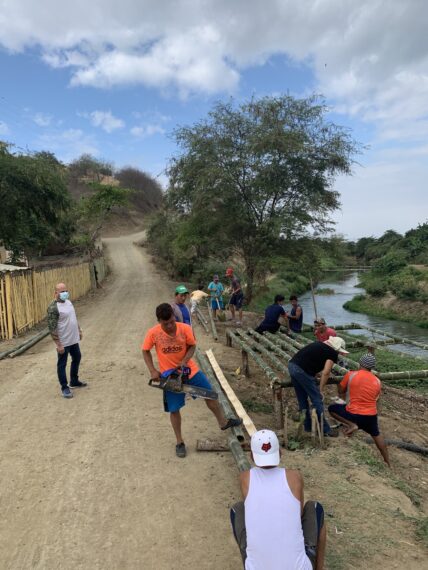
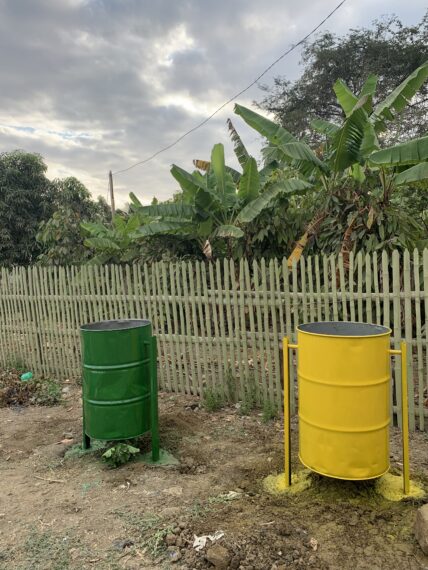
Working with plastics can be frustrating. It is a complex issue that is affecting the lives of humans, animals and plants around the world. I am grateful that I work for the Clean Currents Coalition, cleaning our rivers as the main gateways that carry plastics into our ocean. Unfortunately, cleaning rivers is not enough. The larger global problem of plastic pollution definitely requires integrated solutions. Governments, private sector and civil society need to get on board. Nevertheless, being there in Manabi province, working with the community, and laughing with the local kids reminded me of how powerful collaboration is. Plastic pollution won’t be solved by just one group, company or government, and no individual effort will be enough. We need to tackle it from different angles, getting organized and working together, just the way the community transformed that dumpsite into a balcony where kids can play and adults can appreciate the value and beauty of that corner of the Portoviejo River.
